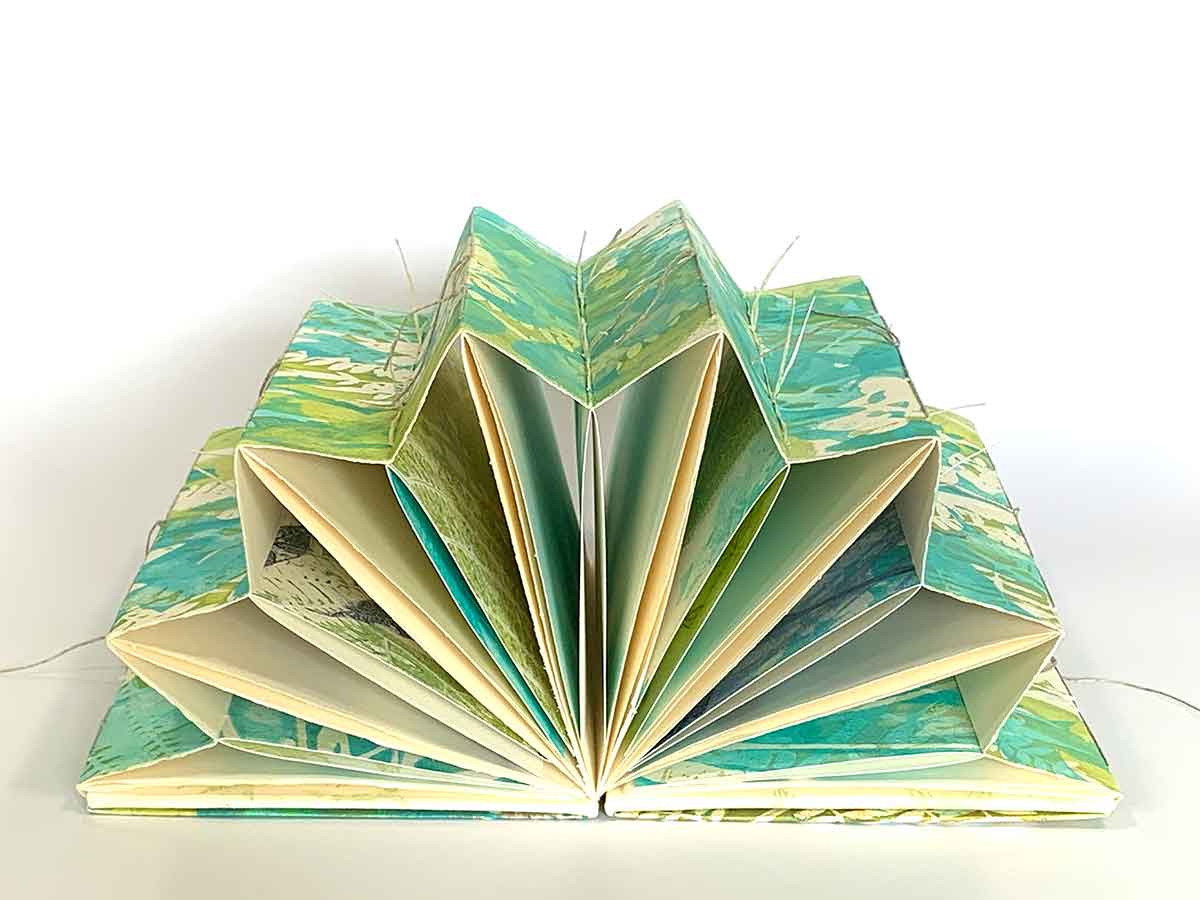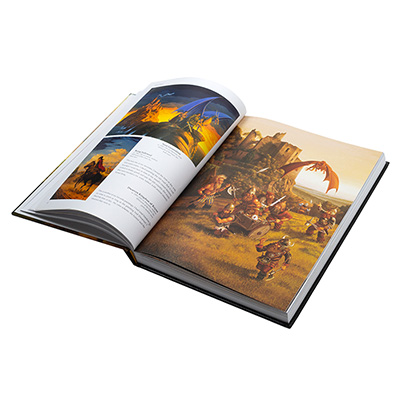Gloss or Matte: Choosing the Best Paper for Your art book
Navigating the Globe of Art Book Printing: Idea for a Perfect Finish
When it comes to art book printing, you need to blend imagination with technological knowledge for the ideal outcomes. Let's explore what that is and how it can boost your art book.
Recognizing the Printing Refine
When you submerse yourself worldwide of art book printing, comprehending the printing process is vital for attaining your wanted results. Begin by familiarizing yourself with numerous printing methods, like electronic and counter printing. Each method has its staminas, so consider your task's range and spending plan.
Following, take notice of color administration. Make sure your images remain in the proper color profile, as this impacts exactly how they'll show up in print. You'll likewise intend to pick the ideal resolution-- 300 DPI is conventional for top quality prints.
Don't neglect the value of proofing. Always request an evidence prior to the last print go to catch any mistakes or discrepancies in color. Keep in mind that timing matters. Go over production timelines with your printer to ensure your task remains on routine. Recognizing these elements can greatly enhance the quality and general appearance of your art book.
Picking the Right Paper
Picking the appropriate paper can substantially affect the overall look of your art book. You'll intend to mirror on factors like weight, appearance, and coating. A larger weight paper can provide your images an extra extravagant look, while lighter documents may feel a lot more delicate.
Texture plays an essential function also; shiny paper enhances shades and detail for vibrant pictures, while matte paper provides a much more restrained and imaginative look. Think about exactly how you desire your art work to be regarded-- do you prefer sharp contrasts or softer edges?
This will help you visualize how your art interacts with various papers. Bear in mind, the right selection can raise your book from regular to extraordinary, guaranteeing your imaginative vision shines with in every page.
Discovering Binding Choices
When it pertains to binding your art book, you've got numerous choices to consider that can influence both the look of your job. Think of the longevity includes you require, along with the expense implications of each binding method. Selecting the right binding can elevate your artwork and guarantee it lasts for many years to find.
Types of Binding Techniques
There are several binding techniques to ponder for your art book, each offering unique advantages and looks. For a much more artistic touch, take into consideration spiral binding; it permits your book to lay flat, showcasing your artwork perfectly. Each binding approach has its charm, so believe regarding your book's function and target market to select the one that finest complements your vision.

Picking Sturdiness Features
After taking into consideration the different binding methods, it's time to concentrate on resilience attributes that can enhance the long life of your art book. If you expect your book to withstand constant handling, choose for products like laminated covers or coated paper, which withstand wear and tear. Focus on these features to maintain your art book looking immaculate.
Expense Effects of Binding
While selecting a binding choice for your art book, it's essential to consider just how each choice affects your spending plan. Different binding types-- like best binding, saddle sewing, or hardcovers-- vary substantially in cost. Perfect binding provides a specialist appearance but can be more expensive as a result of the adhesive used. Saddle stitching is a lot more affordable, perfect for smaller publications, yet it could not match bigger projects. Hardcover binding, while long lasting and aesthetically appealing, commonly extends your budget even more. Keep in mind to stabilize your creative vision with your economic restraints. Evaluate your target audience and printing quantity, as mass orders might lower overall costs. Ultimately, choosing the right binding option can enhance your art book's presentation without breaking the bank.
Designing for Publish
When making for print, you require to prioritize clarity and visual influence to properly display your art work. Begin by choosing a color combination that matches your pieces, ensuring it translates well theoretically. Colors may show up in a different way in print than on-screen, so select shades that keep vibrancy when published.
Use high-resolution images to prevent pixelation; go for at the very least 300 DPI for peak quality. Consider your typography meticulously-- choose typefaces that boost your art without subduing it. Maintain an equilibrium between message and visuals, making sure that neither distracts from the various other.
Take notice of format and white area, as these components assist the viewer's eye and develop a harmonious circulation. Think internet concerning the size and dimensions of your book; it needs to enhance your art work, not constrain it. By concentrating on these facets, you'll create a stunning print style that astounds your audience.
Proofing Your Artwork
As soon as you've finalized your design, it's time to proof your artwork to verify every little thing looks as intended. If your artwork is dynamic on-screen, however plain on paper, changes might be necessary.
Print an examination evidence to see exactly how your design converts to paper. Make specific your artwork adheres to any kind of certain guidelines your printer requires, such as hemorrhage and trim lines.
Working With a Printer
When you prepare to print your art book, finding the appropriate printer is crucial. You'll require to clearly connect your vision and comprehend the printing specifications to assure every little thing transforms out as expected (art book). Allow's check out how to make this procedure smooth and successful
Picking the Right Printer
Selecting the right printer can make all the difference in bringing your art book vision to life. Research neighborhood and on the internet printing firms, paying attention to their portfolios and customer evaluations. You desire a printer experienced in art books, as they'll recognize the nuances of replicating your art work consistently.
Communicating Your Vision
To ensure your art book appears simply as you picture, it's essential to interact your vision clearly with your printer. Begin by sharing your innovative reference idea, consisting of motifs, shades, and any kind of details components you desire highlighted. Review the total feel you're going for, whether it's modern, traditional, or avant-garde. Be open about your budget and timeline; this helps your printer provide realistic options. Don't hesitate to share examples or referrals that motivate you. Ask inquiries and see to it you comprehend their processes, as this builds a collaborative relationship. Establish regular check-ins during manufacturing to make specific whatever aligns with your assumptions. Clear interaction can transform your vision into a tangible work of art.

Comprehending Printing Specifications
With your vision plainly articulated, it's time to concentrate on the technological side of printing your art book. Recognizing printing requirements is important for accomplishing the perfect outcome. Begin by reviewing your desired paper type; options like glossy or matte can substantially impact the visual appeal. Next off, take into consideration guide's dimensions-- basic dimensions are usually much more economical, yet custom sizes can improve your one-of-a-kind design. Don't fail to remember to inspect the resolution of your photos; they need to go to least 300 DPI for crisp prints. Ultimately, clarify your shade choices-- CMYK is standard for print, while RGB is used for digital. By knowing these specifications, you'll guarantee a smoother collaboration with your printer and a magnificent final product.
Marketing Your Art Book
Advertising and marketing your art book efficiently can make all the distinction in reaching your audience and boosting sales. Are they art lovers, collectors, or pupils? Showcase your artwork, share behind the curtain content, and involve with your followers via stories and blog posts.
Think about organizing a launch event or taking part in art fairs to link with potential purchasers directly. Work together with influencers or bloggers in the art neighborhood to increase your reach. Don't undervalue the power of email advertising; construct a newsletter to maintain interested viewers updated.
Lastly, leverage online markets and your website for direct sales. Deal minimal editions or special promos to develop urgency. By integrating these approaches, you'll enhance presence and drive sales for your beautiful art book.
Often Asked Inquiries
What Is the Average Cost of Art Book Printing?
The average price of art book printing differs widely based on variables like dimension, page count, see page and products. Usually, you're looking at anywhere from $10 to $50 or even more per book, relying on your options.
Just how Long Does the Printing Process Commonly Take?
The printing process normally takes concerning two to four weeks, depending upon the task's intricacy and quantity. You'll need to aspect in layout, proofing, and potential modifications to assure everything fulfills your assumptions.
Can I Print a Restricted Version of My Art Book?
Yes, you can publish a limited edition of your art book. Just make a decision just how many duplicates you desire, pick a top quality printer, and assure you have actually got the best materials to produce a special feel.
What Documents Formats Are Best for Publishing My Artwork?
For publishing your art work, use high-resolution files like TIFF or PDF. Stay clear of JPEGs for last prints, as they can lose information.
Just How Can I Make Sure Color Precision in My Printed Schedule?
To ensure color precision in your printed book, use an adjusted screen, soft proof your documents, and select a trusted printing solution. Likewise, consider making use of RGB or CMYK shade modes as required for your artwork.